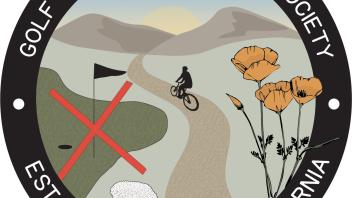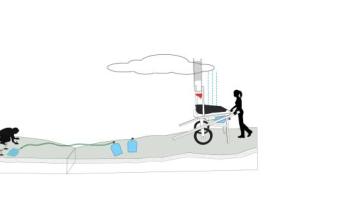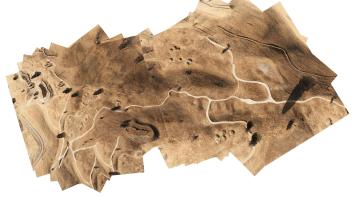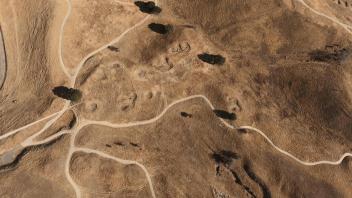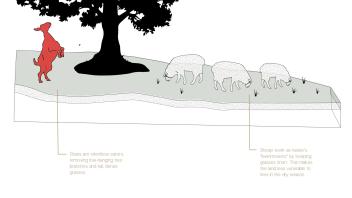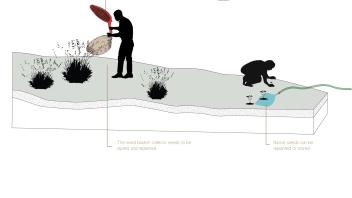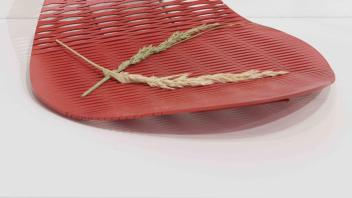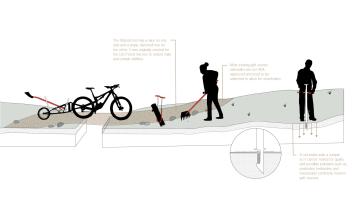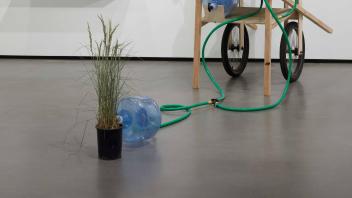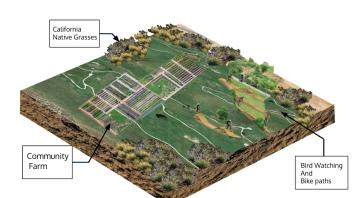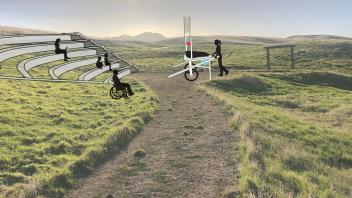
Community Stewardship in the Aftermath of California Golf Courses
As demographics, climate change, and recreational interests of the US population shift, golf courses in the Western United States are being decommissioned due to water shortages and insurmountable debt. Given the historical context of environmental and social injustices associated with both private and public golf courses, alternative land transition approaches have the potential to promote ecological and habitat restoration, revive spaces for sustainable agriculture and empower communities to improve recreational access to underserved populations. The intent of the research is to apply creative design principals to identify and develop solutions that engage diverse communities in land stewardship opportunities. Part of the development of the project introduces purpose-built restoration kits. These include engineered speculative tools that become playful instruments, sparking curiosity, and helping reimagine environmentally equitable landscapes. Through the design of interactive models for re-built spaces, community outreach moves beyond the traditional planner’s methods, providing “hands-on” opportunities to generate productive inspiration for public involvement . These engagement tools include balloon aerial photography, soil testing probes, grazing animals, seed collection, specialty bioremediation shoes and a mobile rain and fog collection device.
Bio
Elyse Marguerite is a designer whose work targets recovering and regenerating manipulated landscapes. She uses an interdisciplinary approach merging art, ecology, fabrication and activism to create experiences which spark community action. In addition to an MFA at UC Davis, she is seeking a certification in Landscape Design with an emphasis in restorative environments. Elyse’s current project facilitates creative design solutions related to reimagining decommissioned golf courses. As an outdoor adventurer, Elyse’s research focuses on designing accessible and equitable outdoor spaces in both urban and wilderness settings with an emphasis on investigating design techniques to bolster landscapes’ resilience to climate change and human influence.


